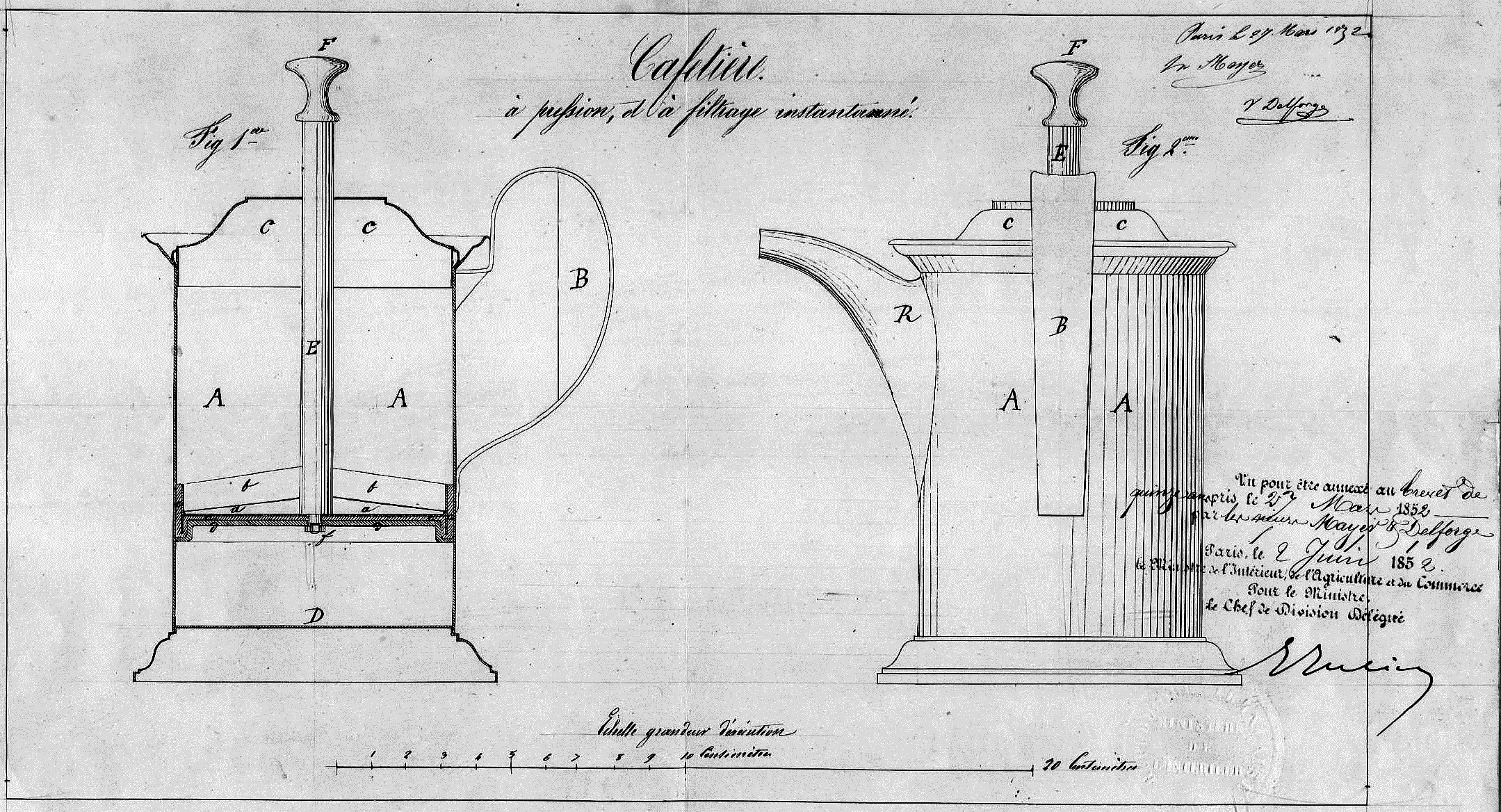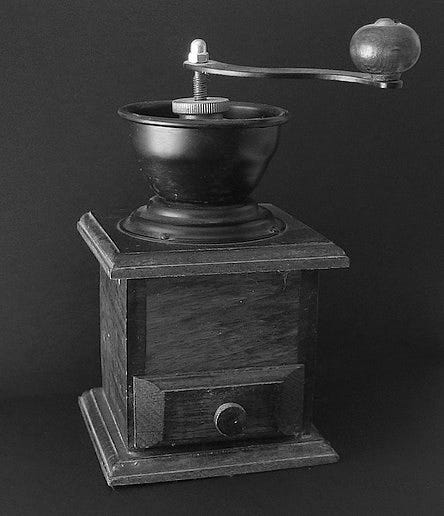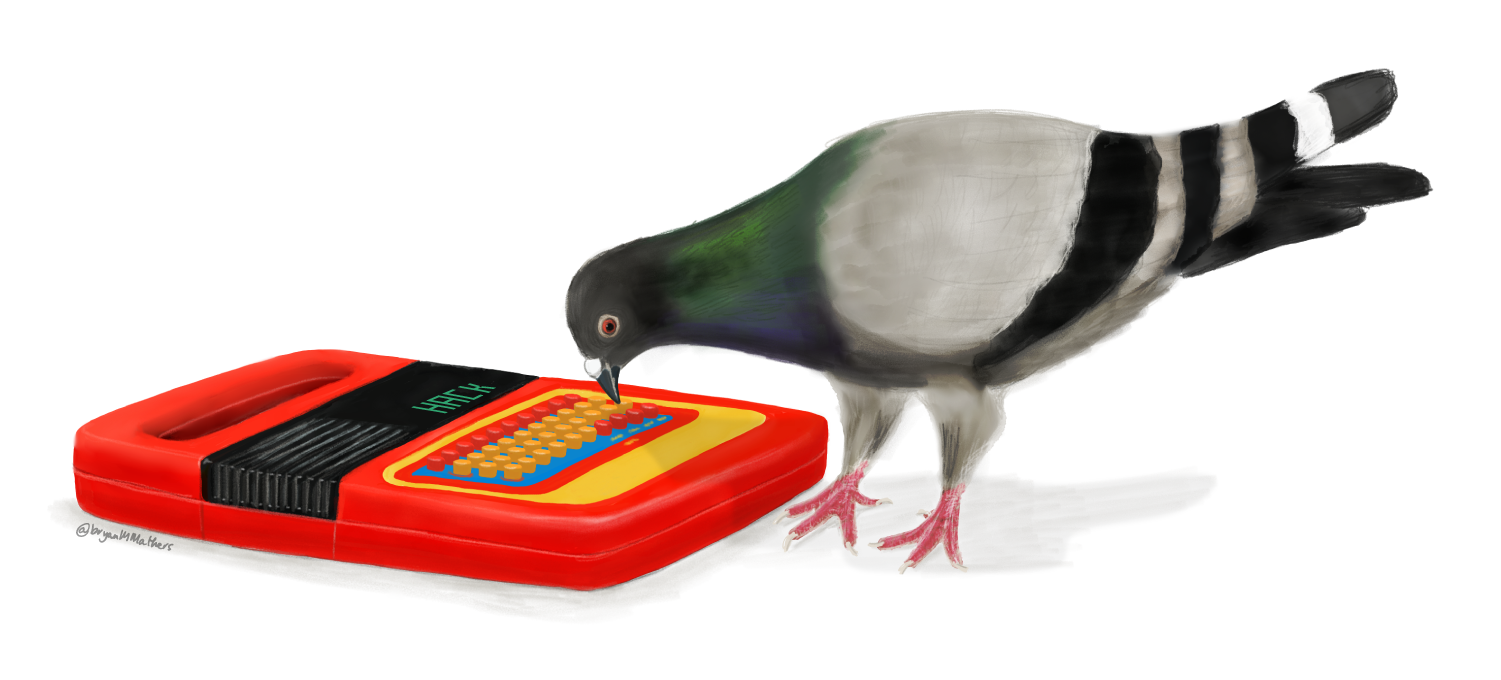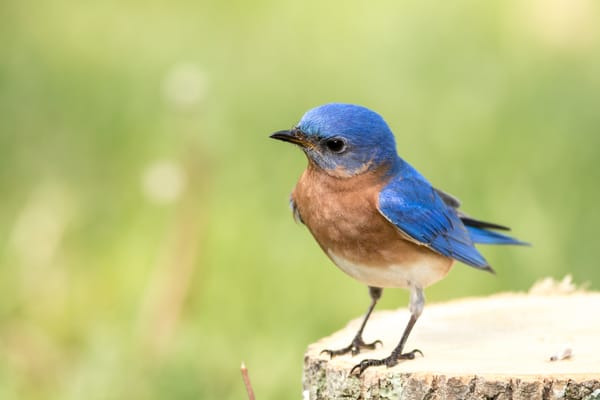Coffee Technology: A History
Or, why I'm sticking with the French Press
I sat down to work this morning with a cup of coffee — with a splash of "full-fat" Oatly. In a Yeti mug at that. (Can I be any more of a cliche?) More than a cup, I confess — a whole French press’s worth of the beverage sits right next to my mug, so I don't have to get back up and walk into the kitchen for refills. I'll drink the whole pot myself. And although sometimes I want more coffee later in the morning (or later in the day, even), I really do try to limit my caffeine intake. (Or at least, I switch to drinking English breakfast tea.)

I'm working my way through a bag of beans I bought here in New York. I don't love the roast; it doesn't make an exceptionally good cup of coffee. When you drink just two cups a day, I guess you’d want them to be stellar. But they’re not that terrible, and I’m not that fussy.

I bought a kettle (on Wirecutter’s recommendation) that heats water to different temperatures — a lower temperature for green tea, a higher one for black tea. There's a French press button — 200°. I grind my beans each morning before dumping them into the bottom of the press and waiting for the kettle to boil. It's a cheap grinder (not one recommended by Wirecutter, which is twice as expensive than their favorite kettle), and I'm never as consistent as I should be about measuring the beans or getting the right grind. At least the water is the right temperature, eh?





